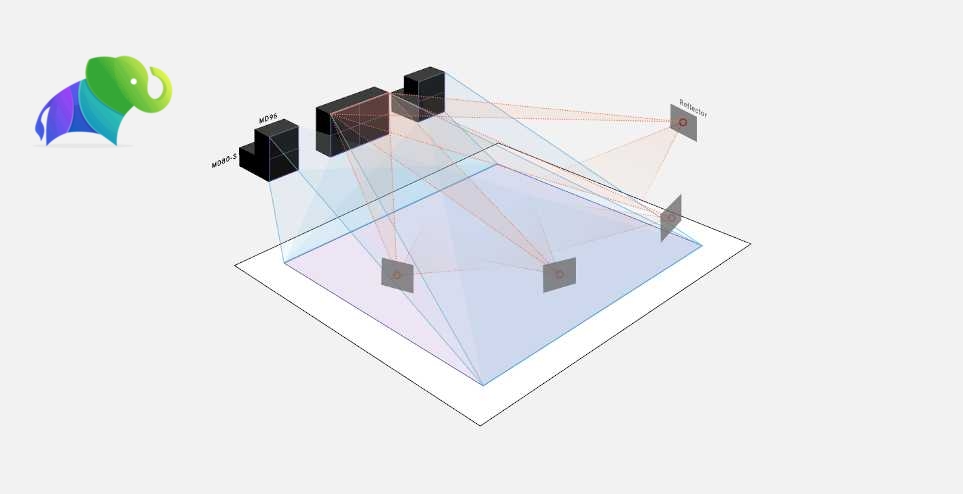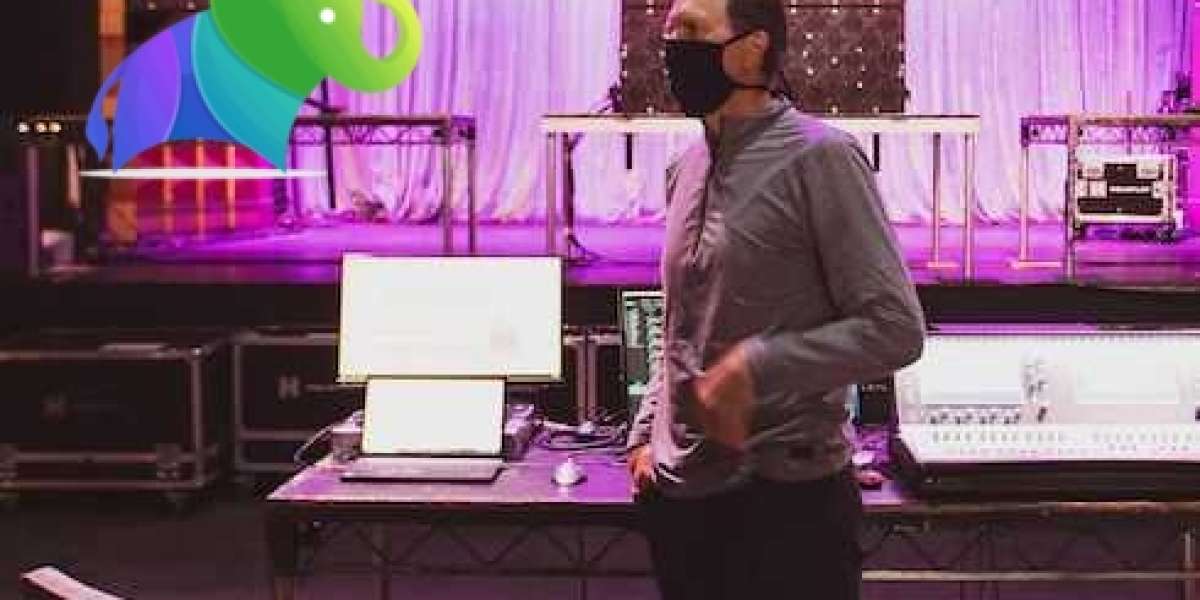A sound Xperience like no other
The Xperience. It’s where legends in sound design meet the power of possibility. A playground for creatives, the Xperience program gives hands-on access to HOLOPLOT technologies and products. It allows professionals the chance to test the X1 Matrix Arrays’ ability to “make every seat the best seat” and discover the features and potential of this new technology.
Fred Vogler’s Xperience took place at the Regent Theater in Los Angeles. It was here that he would explore if an entirely new category of sound system — one that brings an unprecedented level of control of sound —would live up to his expectations.
The set-up
The X1 system was set up in a LCR configuration, with the left and right arrays consisting of one MD96 and one MD80-S, and the center array consisting of a 2x2 configuration of 4 MD96 modules (see image below).
The beams were quickly configured for each array using the HOLOPLOT Plan software. A single beam was configured for each array with the addition of an LFE channel for greater control of the low frequency content. Each beam is tailored to match the shape and size of the defined audience area, which in this case was placed in the center of the 1,100-seat theater. The beams were also optimised to achieve both the greatest level of homogeneous coverage and spectral uniformity.
The HOLOPLOT system can achieve unprecedented levels of intelligibility by actively avoiding surfaces that may cause unwanted reflections or echoes. Utilizing this feature in reverse, two beams were also created to target the room architecture only (indicated with the white zone) and actively avoid the listening area so as to provide the option to add a naturally diffuse field to the mix.

Beams optimized for the listening area for the main LCR format
Besides the standard LCR format, additional beams were configured to create secondary sources coming from reflectors (see the image below). These beams were all emanating from the 2x2 center array, but configured to sharply target individual reflectors resulting in sound being localised to the reflection point and not the array by the listener. These reflected beams essentially replaced what usually would be a loudspeaker at these locations. A powerful solution for creating sound sources in locations where loudspeakers can't be deployed.




